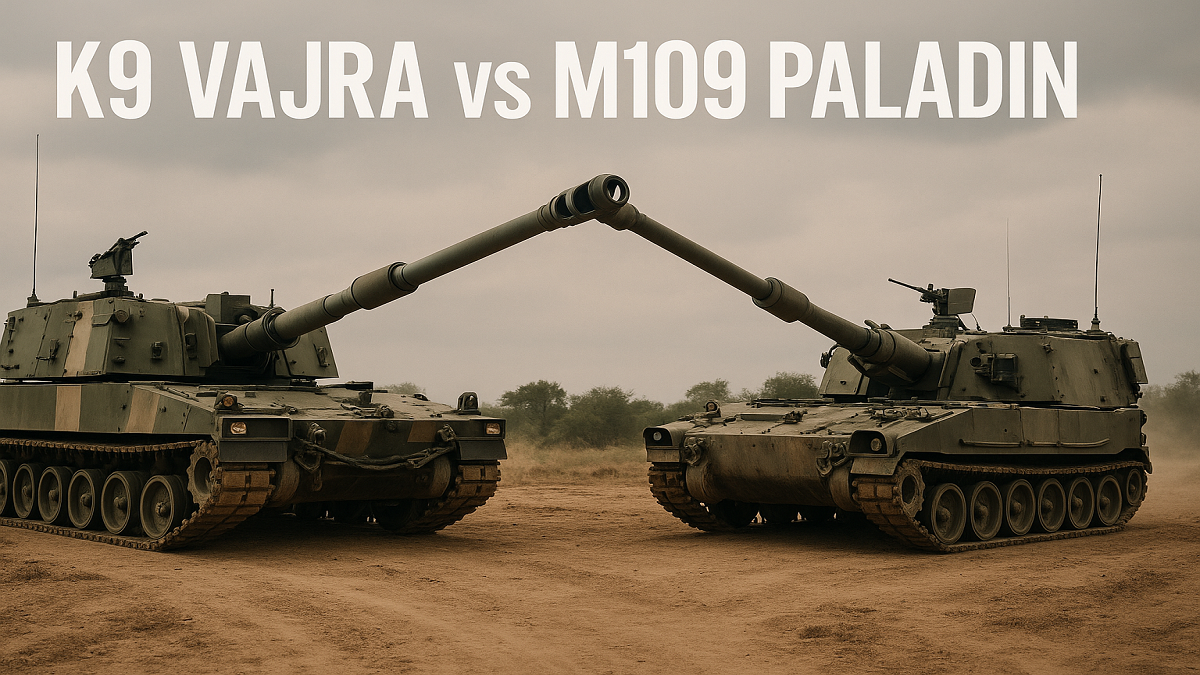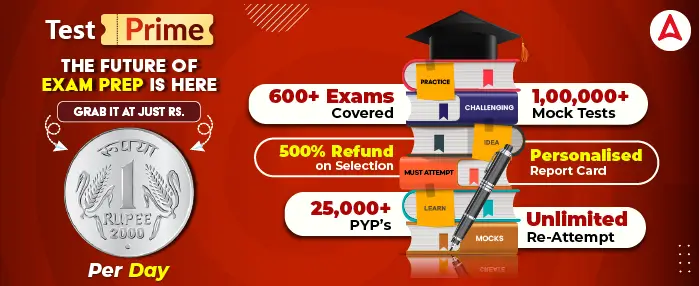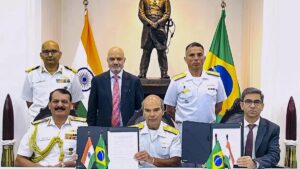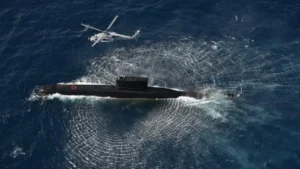In modern warfare, self-propelled howitzers (SPHs) serve as vital artillery platforms, combining mobility, firepower, and rapid deployment. Two of the most well-known SPHs in service today are the K9 Vajra-T, operated by India, and the M109A7 Paladin, a mainstay of the United States Army.
Both systems are engineered for high-intensity, long-range indirect fire support, but they differ significantly in origin, design philosophy, battlefield roles, and technical specifications.
This article offers a comprehensive comparison of the K9 Vajra vs M109 Paladin, helping you understand how these artillery giants stack up in a modern combat environment.
Origin and Development
K9 Vajra-T: South Korean Design, Indian Production
- Developed by Hanwha Defense (South Korea) as K9 Thunder.
- Indian version (K9 Vajra-T) built under Make in India by Larsen & Toubro (L&T).
- Customized for desert operations and Indian terrain.
- Inducted by the Indian Army starting 2018.
M109 Paladin: American Legacy Artillery
- Developed by BAE Systems for the U.S. Army.
- First introduced in the 1960s, with continuous upgrades (latest: M109A7 variant).
- Used in multiple wars: Vietnam, Gulf War, Iraq, Afghanistan.
- Currently a central part of U.S. self-propelled artillery capabilities.
Design and Mobility
K9 Vajra
- Tracked, turreted howitzer based on South Korea’s K9 Thunder.
- Weighs approximately 47 tonnes.
- Designed for desert and high-altitude warfare.
- Top road speed: 67 km/h.
- Operates in extreme conditions from -30°C to +55°C.
M109A7 Paladin
- Tracked howitzer with a more compact, modular design.
- Weighs approximately 39 tonnes.
- Uses upgraded chassis from the Bradley Fighting Vehicle.
- Road speed: 61 km/h.
- Engineered for a wide range of terrains, with a focus on battlefield survivability.
Firepower and Range
K9 Vajra
- Equipped with a 155mm/52-caliber gun.
- Firing range:
- Standard shells: 30 km
- Extended-range ammunition: up to 40+ km
- Rate of fire: 6–8 rounds per minute
- Burst fire: 3 rounds in under 15 seconds
M109 Paladin
- Uses a 155mm/39-caliber cannon.
- Firing range:
- Standard rounds: 24 km
- Rocket-assisted projectiles (RAP): up to 30–40 km
- Rate of fire: 4 rounds per minute
- Advanced fire control with autoloader in newer variants.
Automation and Crew Support
K9 Vajra
- Crew: 5 members (Commander, Driver, Gunner, 2 Loaders)
- Semi-automatic loading system
- Advanced fire control system (FCS) for quick targeting
- Designed for shoot-and-scoot tactics
M109 Paladin
- Crew: 4 members
- Upgraded electronic FCS with networked capabilities
- Manual and semi-automatic loading
- Emphasis on digitization and battlefield networking
Operational Use and Deployment
K9 Vajra in India
- Over 100+ units inducted into the Indian Army.
- Deployed along Pakistan border (Rajasthan sector) and later adapted for high-altitude warfare in Ladakh.
- India plans to acquire more units and upgrade with DRDO-developed APU and indigenous components.
M109 Paladin in the U.S.
-
Over 950+ units of M109A7 ordered by U.S. Army.
-
Integrated with Precision Guidance Kit (PGK) and Excalibur rounds for pinpoint accuracy.
-
Forming backbone of U.S. artillery modernization.
Key Differences at a Glance
| Feature | K9 Vajra-T (India) | M109A7 Paladin (USA) |
|---|---|---|
| Origin | South Korea / India | United States |
| Caliber | 155mm/52 | 155mm/39 |
| Max Range | 40+ km (with ERFB shells) | 30–40 km (with RAP/Excalibur) |
| Crew Size | 5 | 4 |
| Max Speed | 67 km/h | 61 km/h |
| Rate of Fire | 6–8 rounds/min | 4 rounds/min |
| Deployed In | Desert, High-Altitude (India) | Global (multiple U.S. missions) |
| Production Partner | Larsen & Toubro (India) | BAE Systems (USA) |



 India and Brazil Sign Tripartite MoU on ...
India and Brazil Sign Tripartite MoU on ...
 Indian Navy to Commission INAS 335 (Ospr...
Indian Navy to Commission INAS 335 (Ospr...
 Indian Navy to Commission First Indigeno...
Indian Navy to Commission First Indigeno...







